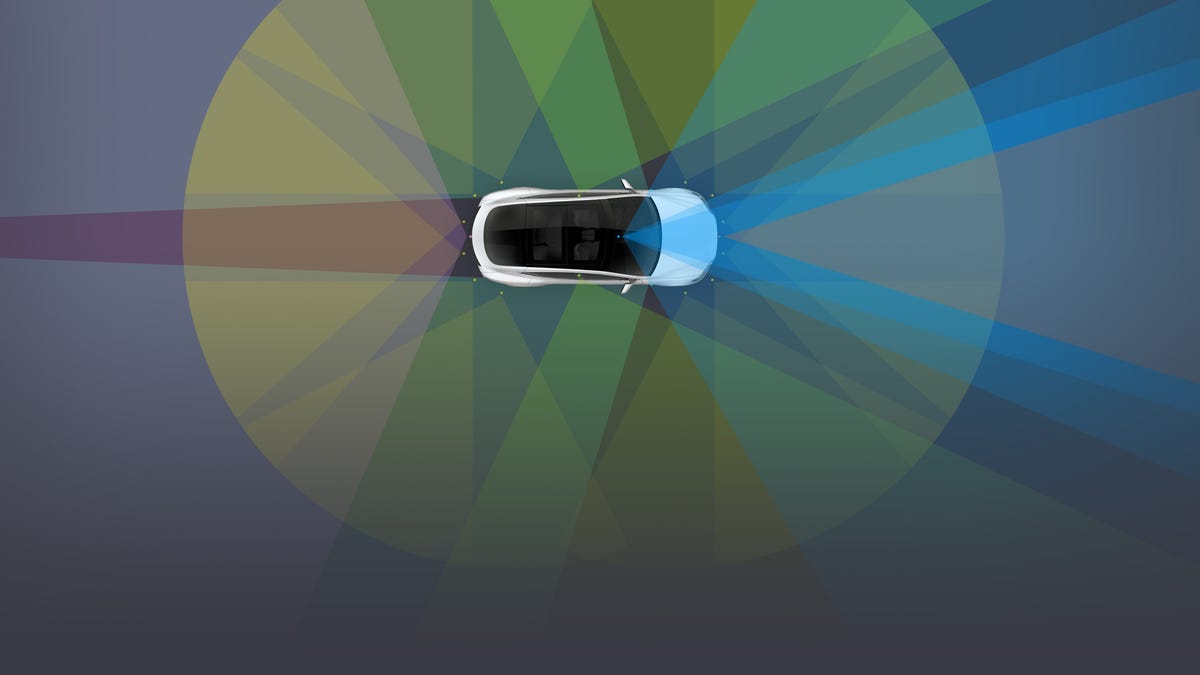NHTSA closes Tesla Autopilot death investigation, won't pursue recall
The investigation came after a Tesla owner died in a crash where Autopilot was active.

Last year, Joshua Brown died when his Autopilot-enabled Tesla Model S collided with a tractor-trailer. After a lengthy investigation, the National Highway Traffic Safety Administration has finally reached a conclusion.
At a press briefing today, NHTSA said a defect in either Autopilot or the specific autonomous emergency braking system was not to blame in Brown's death. The agency will not require a safety recall for Autopilot-equipped Tesla models.
"At Tesla, the safety of our customers comes first, and we appreciate the thoroughness of NHTSA's report and its conclusion," said a Tesla spokesperson via an emailed statement.
Tesla's latest Autopilot system is capable of disabling itself and pulling to the side of the road if a driver does not answer repeated requests to take the wheel.
Autopilot is the name for a suite of semi-autonomous driving aids meant to reduce some of the tedium of the daily commute. In some circumstances, it is capable of bringing the car to a stop, but it's not meant to replace a vigilant driver.
In Brown's case, neither he nor the Autopilot applied the brakes when a truck crossed the car's path. However, NHTSA's findings concluded that the system performed as designed. You can read NHTSA's full closing statement here.
NHTSA spokesman Bryan Thomas said during the briefing that the driver had approximately 7 seconds to respond to the truck ahead. 7.0 seconds at 74 mph (the vehicle's speed at the time of the crash) covers approximately 759 feet. Removing 1.5 seconds, the mean driver response time to a surprise situation per a University of Helsinki study, puts the total distance to brake at 596.9 feet. Car and Driver tested a base Model S 60 and found its stopping distance from 70 mph to be 174 feet. Even assuming a whole extra second to respond, Thomas had plenty of time to come to a stop.
NHTSA also found that Tesla's crash rate dropped markedly after Autopilot's semi-autonomous steering system was enabled, something CEO Elon Musk was quick to tweet about:
In October, Tesla said all cars produced thereafter would come equipped with a suite of sensors and other hardware that will eventually enable Level 5 (no driver required) autonomous driving.
The new Autopilot system leaves the assembly plant disabled. Tesla plans to slowly release various Autopilot features via over-the-air updates. It's starting with the systems that will bring the new Autopilot cars to parity with the old ones, so systems like adaptive cruise control and forward collision warning will be among the first enabled.
Autopilot has many fans, but it also has many concerned over a potential overstatement of its abilities. With the phrase "self-driving car" being thrown about, and with a public that might not fully understand the various SAE levels of vehicle autonomy, it's not difficult to see how some people might assume too much of Autopilot.
Tesla has addressed those concerns with Autopilot updates that increase warnings to the driver when human intervention is required, and it can even block out a driver who doesn't respond to repeated requests to take the wheel.
Update, 2 p.m. ET: Added some context regarding the mention of the driver having 7 seconds to respond to the truck.

